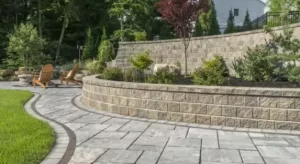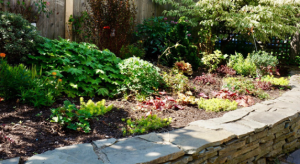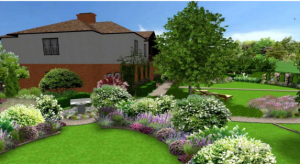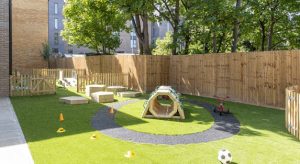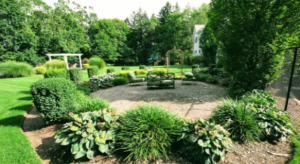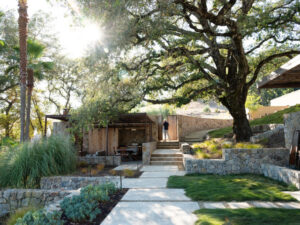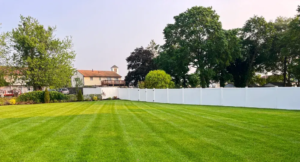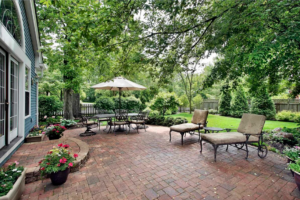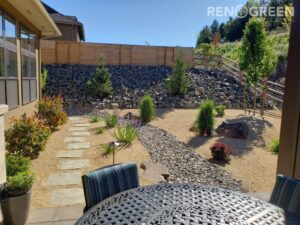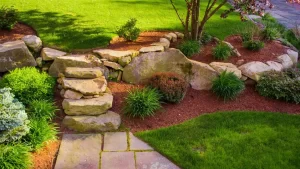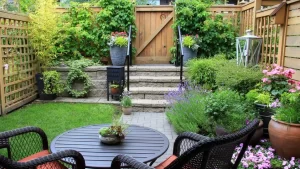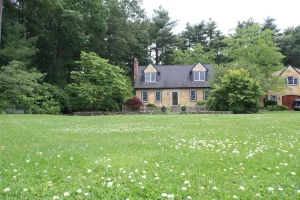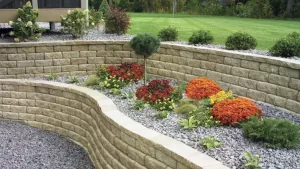How to Choose the Perfect Patio Size for Your Backyard
24 June, 2024
Determining the Ideal Patio Dimensions
When planning to install a patio in your backyard, choosing the right size is crucial for both aesthetic appeal and functional use. The size of your patio should complement your backyard space, providing a balance between spaciousness and practicality.
Consider Your Outdoor Needs
Understanding your specific needs will guide you in determining the perfect patio size. Are you looking to create an intimate space for small gatherings, or do you envision hosting larger outdoor parties? Perhaps you desire a multifunctional area for dining, lounging, and recreational activities.
Measure Your Available Space
Begin by measuring the dimensions of your backyard accurately. Take into account any existing landscaping features, such as gardens, trees, or slopes, which may influence the layout of your patio. Mapping out these dimensions will help visualize how different patio sizes will fit into your outdoor environment.
Choosing the Right Patio Shape
The shape of your patio can significantly impact its functionality and visual appeal. Popular options include square, rectangular, circular, and freeform shapes.
Square and Rectangular Patios
Square and rectangular shapes are classic choices that offer simplicity and ease of furniture arrangement. They are ideal for maximizing usable space and integrating seamlessly with architectural elements of your home.
Circular and Freeform Designs
Circular or freeform designs lend a more organic feel to your outdoor space, allowing for creative landscaping around the edges. These shapes are perfect for creating a natural flow and can soften the angular lines of your property.
Factors Influencing Patio Size
Several factors should influence your decision when determining the size of your patio:
- Intended Use
Think about how you intend to use your patio on a daily basis. Will it primarily serve as a dining area, a lounge space, or a combination of both? Understanding your usage patterns will help in allocating sufficient space for furniture and movement.
- Number of Users
Consider the number of people who will typically use the patio at any given time. For smaller families or individuals, a compact patio may suffice, whereas larger households or frequent entertainers may require a more expansive area.
- Furniture and Fixtures
Take into account the type and size of furniture you plan to place on the patio. Whether it's a dining table with chairs, loungers, or outdoor cooking equipment, ensure there is adequate space for comfortable usage without overcrowding.
- Traffic Flow
Plan for smooth traffic flow around the patio area. Allow enough space between furniture pieces and pathways to prevent congestion and ensure easy movement.
Designing for Aesthetic Appeal
A well-designed patio enhances the overall look and feel of your backyard. Consider these design tips for maximizing aesthetic appeal:
- Harmony with Landscape
Ensure your patio design harmonizes with the existing landscape and architectural style of your home. This integration creates a cohesive outdoor environment that feels like a natural extension of your indoor living space.
- Use of Materials
Choose materials that complement the exterior of your home and the surrounding environment. Options such as natural stone, pavers, concrete, or wood decking each offer unique textures and colors that can enhance the visual appeal of your patio.
- Lighting and Accessories
Integrate lighting fixtures, such as overhead string lights, lanterns, or embedded LEDs, to extend the usability of your patio into the evening hours. Additionally, consider adding accessories like planters, outdoor rugs, or decorative cushions to personalize the space and create a welcoming atmosphere.
Practical Considerations for Installation
Before finalizing the size and design of your patio, consider these practical installation factors:
- Permit Requirements
Check local building codes and regulations regarding patio construction. Depending on your location and the size of the patio, you may need permits or approvals from local authorities.
- Maintenance and Upkeep
Factor in the maintenance requirements of different patio sizes and materials. Smaller patios may be easier to clean and maintain, while larger ones may require more frequent upkeep.
- Budget Constraints
Evaluate your budget for patio construction, including materials, labor costs, and any additional features or landscaping. Balancing your desired size with budget constraints ensures a practical and cost-effective outdoor living space.
Conclusion
Choosing the perfect patio size involves a thoughtful consideration of your outdoor needs, available space, and aesthetic preferences. By carefully planning the dimensions, shape, and design elements of your patio, you can create an inviting outdoor oasis that enhances your home's value and provides years of enjoyment for family and friends.
Whether you opt for a compact dining area or a sprawling entertainment space, tailoring your patio size to fit your lifestyle ensures a functional and visually appealing addition to your backyard.
- Fountain and Waterfalls
- Gardening
- hardscape
- Irrigation system
- Landscape
- Lawn
- Nursery
- Palm Tree
- Plantation and Maintenance
- softscape
- Tree Transplanting
- Washingtonian Tree
Categories
Latest Post
- Fountain and Waterfalls
- Gardening
- hardscape
- Irrigation system
- Landscape
- Lawn
- Nursery
- Palm Tree
- Plantation and Maintenance
- softscape
- Tree Transplanting
- Washingtonian Tree





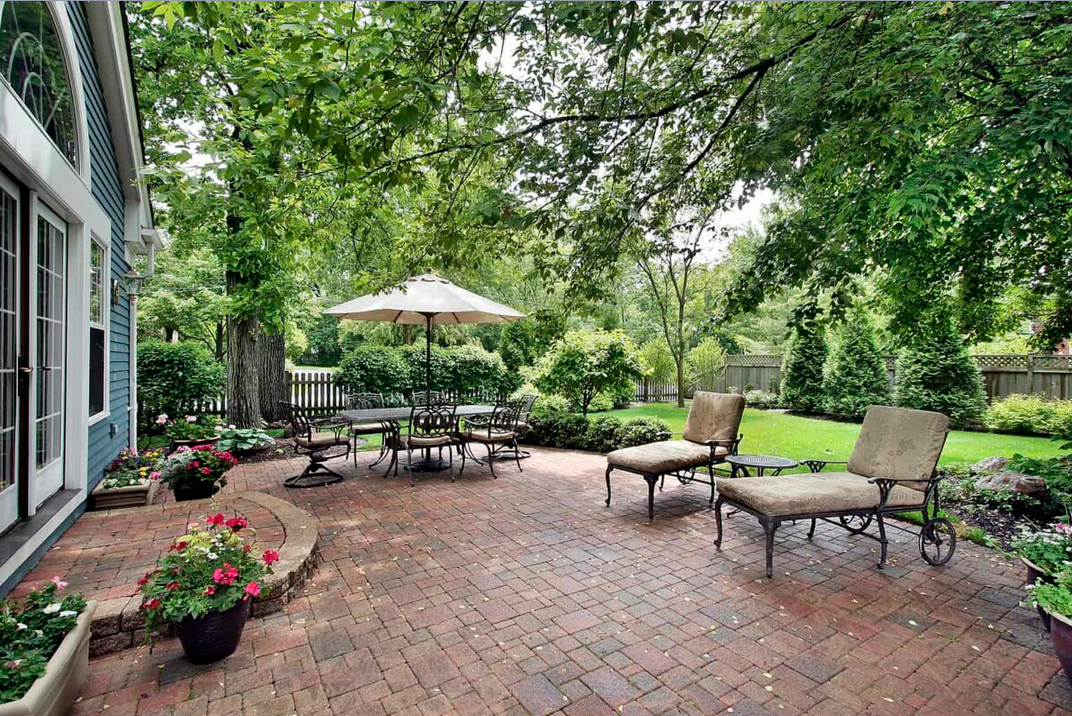

 .
.












